THE TOP 10 HISTORICAL SITES IN THE WORLD
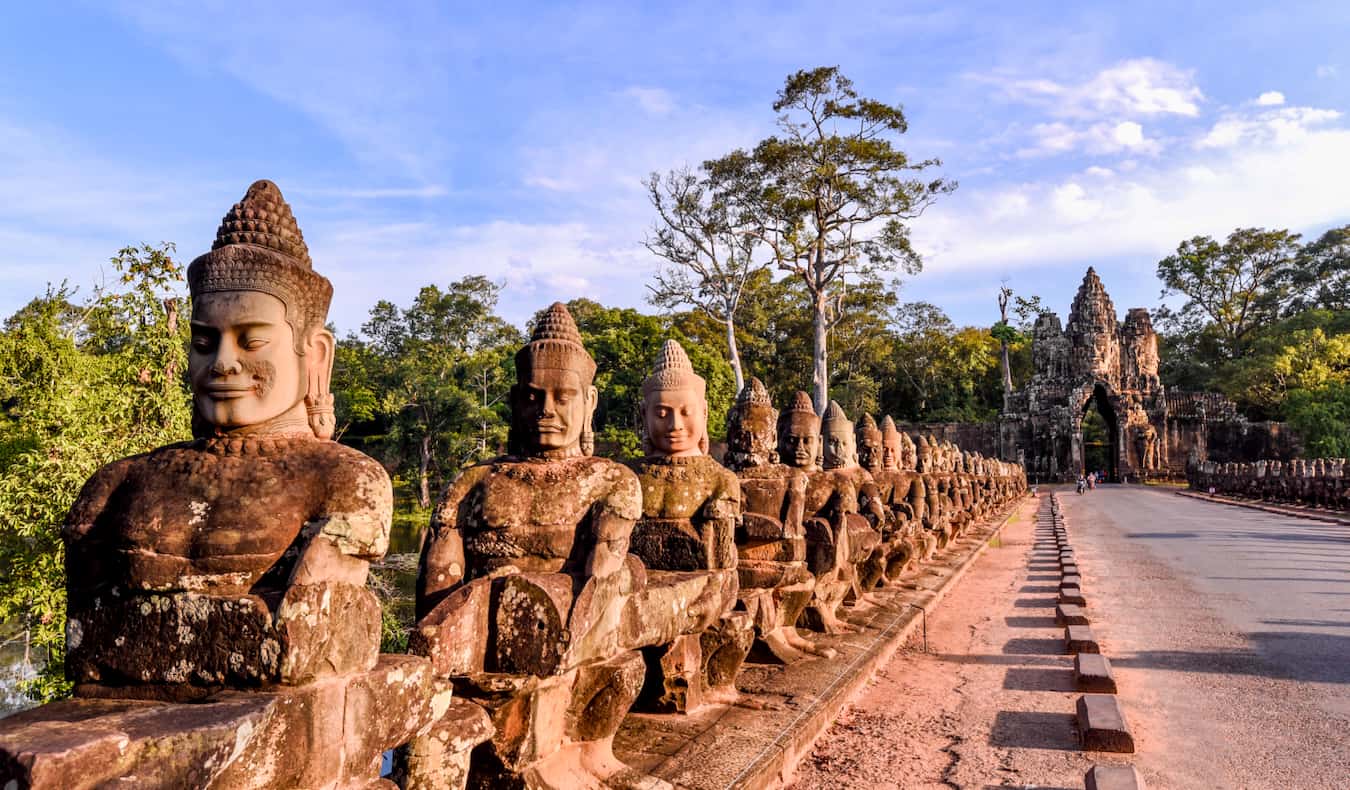
Last Updated: 3/6/23 | March 6th, 2023
The world is filled with mind-blowing man-made historical sites and wonders. Over the course of human history, we’ve produced some pretty amazing stuff, even if, sadly, not all of it has lasted until today.
With many breathtaking and incredible historical sites built by ancient civilizations, it’s sometimes hard to narrow down the best. Think of all the lists of historical wonders out there and how different they are.
What criteria do you use to judge? What makes a good historical site? What makes the best?
Everyone has their own criteria for deciding what historical places are good or aren’t good — including me. Not only am I a history buff who studied history in college but I’ve spent over 15 years traveling around the world and have visited countless historical sites and monuments in the world.
Below is a list of the best historical sites in the world — sites that every traveler should visit at some point. The story these ruins and monuments tell is part of humanity’s shared story. They show us how we’ve developed as a species and as a civilization.
1. Machu Picchu
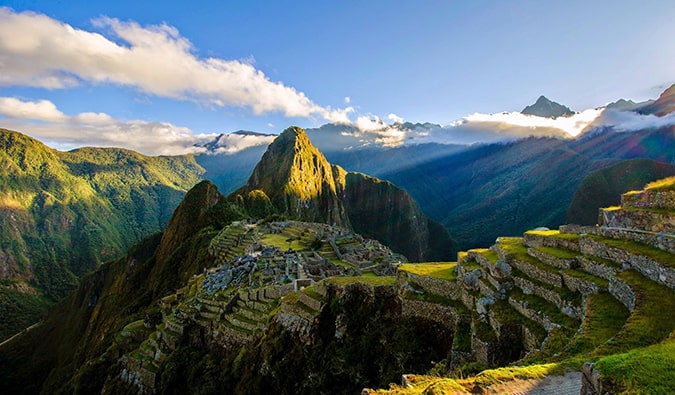
Located in southern Peru, this ruined city lies on top of a mountain that’s only accessible by train or hiking the Inca Trail. Rediscovered by Hiram Bingham in 1911, it was an important cultural center for the Inca civilization but was abandoned when the Spanish invaded the region. (It is famously referred to as the “Lost City of the Incas,” though that is actually Vilcabamba). The location was made a UNESCO World Heritage Site in 1983, and it was named one of the New Seven Wonders of the World in 2007.
Concerns over growing numbers of tourists have led to limitations on how many people can enter the site, though only by a fraction of what is necessary. Hopefully, they will limit it even more so this site can last for hundreds more years to come.
2. Tikal
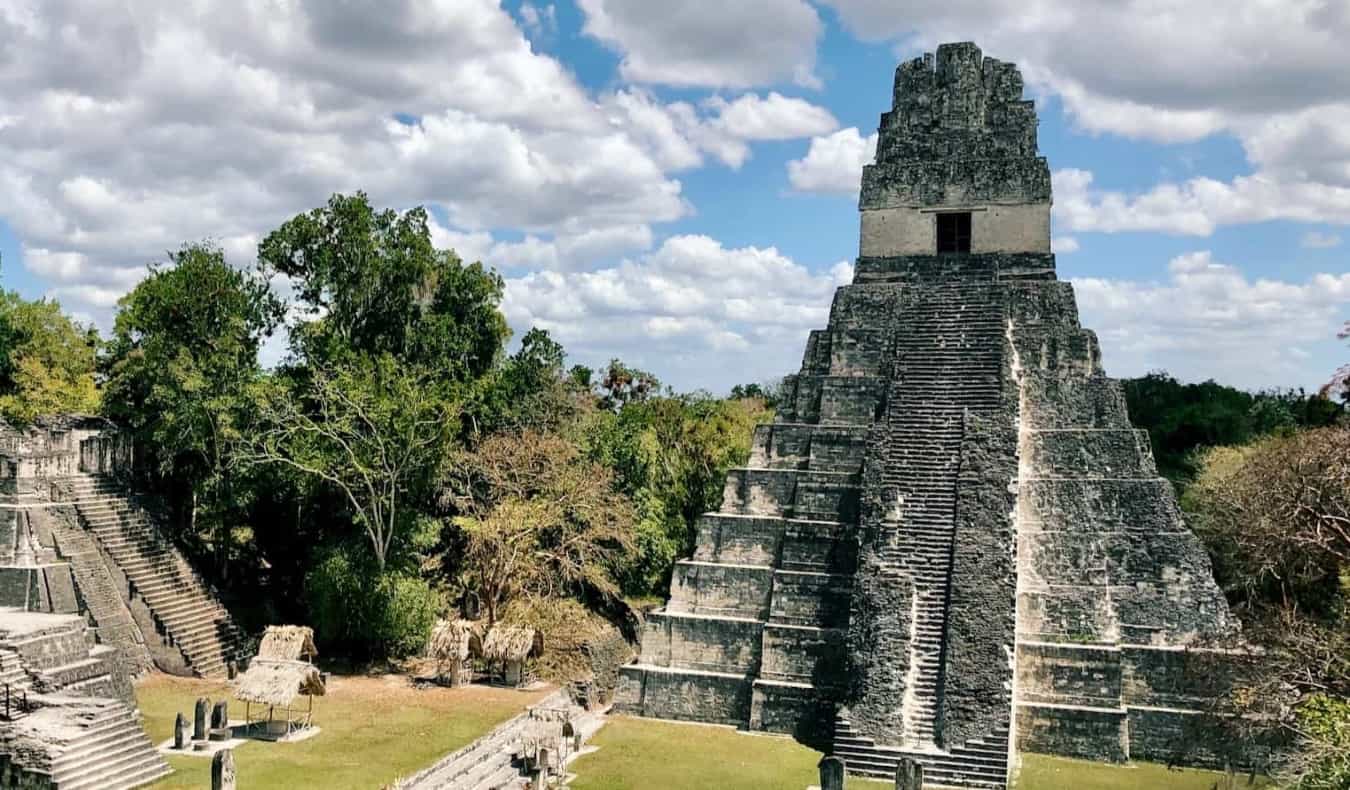
Tikal National Park is home to the largest and best-preserved ruins of the ancient Mayan civilization, and the city-state centered here was a dominant force in the Mayan world during the Classic Period (200-900 CE). Located in Guatemala, be sure to spend the night in the park, as you’ll really get to see it without the crowds.
You can channel your inner Indiana Jones early in the morning or late at night when the tourists go home when it’s just you and the jungle. It is very serene and doing just that made for one of the best travel memories I have. I particularly enjoyed seeing the sunrise from atop the temples. (Random trivia: The city at the end of Star Wars: A New Hope? Tikal!)
If you don’t want to explore solo, you can take a more involved 8-hour guided tour of the site, which includes lunch, park admission, and the expertise of a local guide.
If you’re coming from Belize, you may find a bus at the border for 100 GTQ per person. Otherwise, the best way to get there from Belize is to do a tour from San Ignacio or drive yourself (watch out for border officials overcharging you for visas!). The park’s main gate opens at 6am and officially closes at 6pm. Adult tickets for foreigners are 150 GTQ (plus an additional 100 GTQ if you enter before 6am to see the sunrise).
3. The Pyramids at Giza
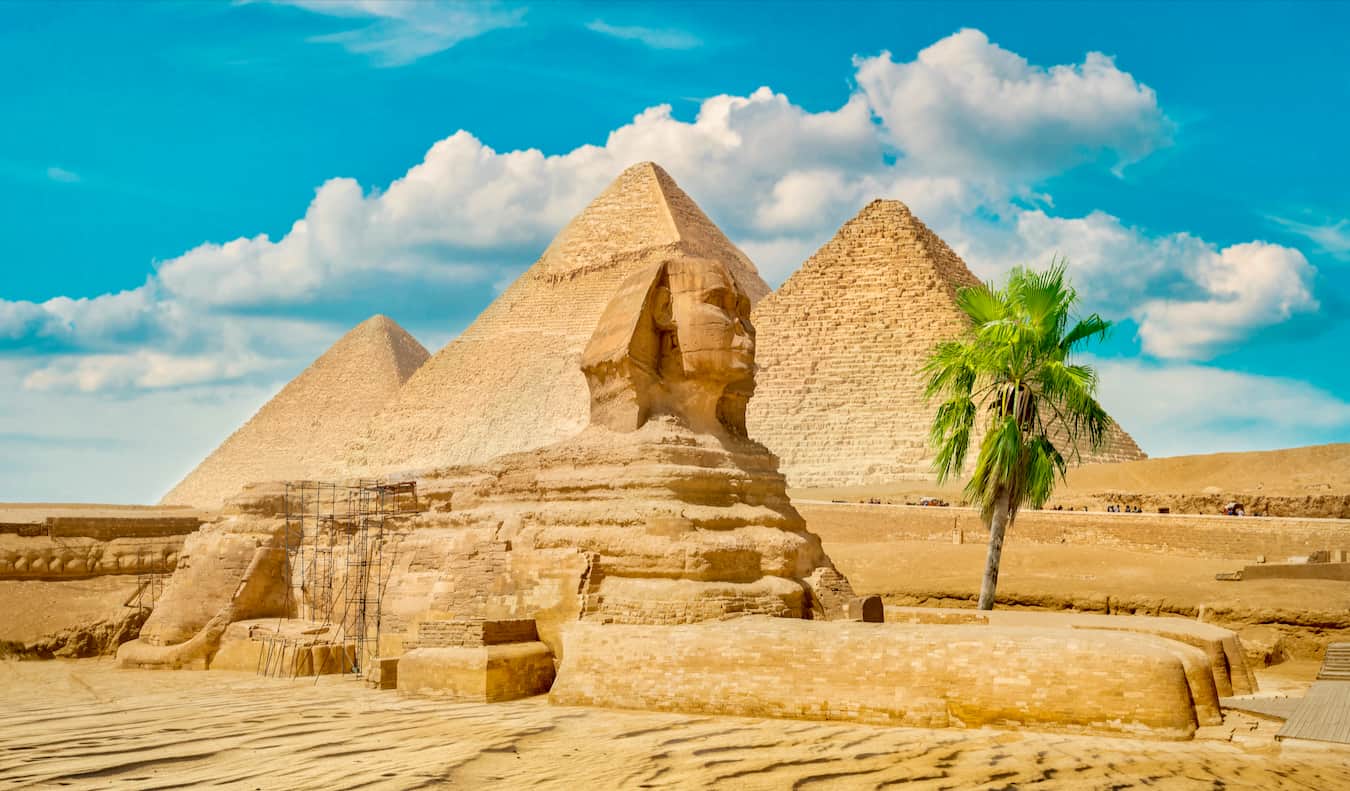
The Pyramids are truly a marvel of human engineering. They’re over 3,000 years old, and we still don’t have a good idea as to how they were built or how the Egyptians made them so precise. The three pyramids align with the stars and the solstices, and contain tons of chambers that still haven’t been (and cannot be) opened. I mean, how did they create those little chambers where people can’t even crawl through?
The largest, called the Great Pyramid, was built by the Pharaoh Khufu and has limited access.
Another popular and more convenient option for visiting the pyramids is via guided tour. There are tons of options departing from Cairo, including both full-day and half-day tours.
If you want to go on a multi-day tour through the country, here are my recommended options for tour companies in Egypt.
The pyramids are open daily from 8am-5pm (4pm from October to March). General Admission is 200 EGP, while admission to the entire complex, including entry to The Great Pyramid and the Solar Boat Museum, is 600 EGP.
4. Angkor Wat

This ancient city in Cambodia was the center of the Khmer Empire that once ruled most of Southeast Asia. This empire fell into decline, but not before building amazing temples and buildings that were later reclaimed by the jungle for hundreds of years.
The most popular temples are Angkor Wat, Bayon, Ta Prohm, and Angkor Thom, and they always have crowds. In order to really experience the temples, you’ll need to purchase the three- or five-day pass. The best time to visit is early in the morning before the big tour groups arrive and stay late after they have gone.
The temples are about a 20-minute drive from Siem Reap. A 1-day pass is $37 USD, 3-days is $62 USD, and 7-days is $72 USD. You can rent a tuk-tuk driver for about $20-25 USD to take you around for the day, or you can bike around yourself (the area is too big to walk).
There are also plenty of guided tours departing daily from Siem Reap, including sunrise tours so you can experience the complex before most of the crowds arrive. I personally enjoyed exploring the site by bike, and there are a number of bike tours that you can join (or you can rent your own bike and see it at your own pace)
5. Petra
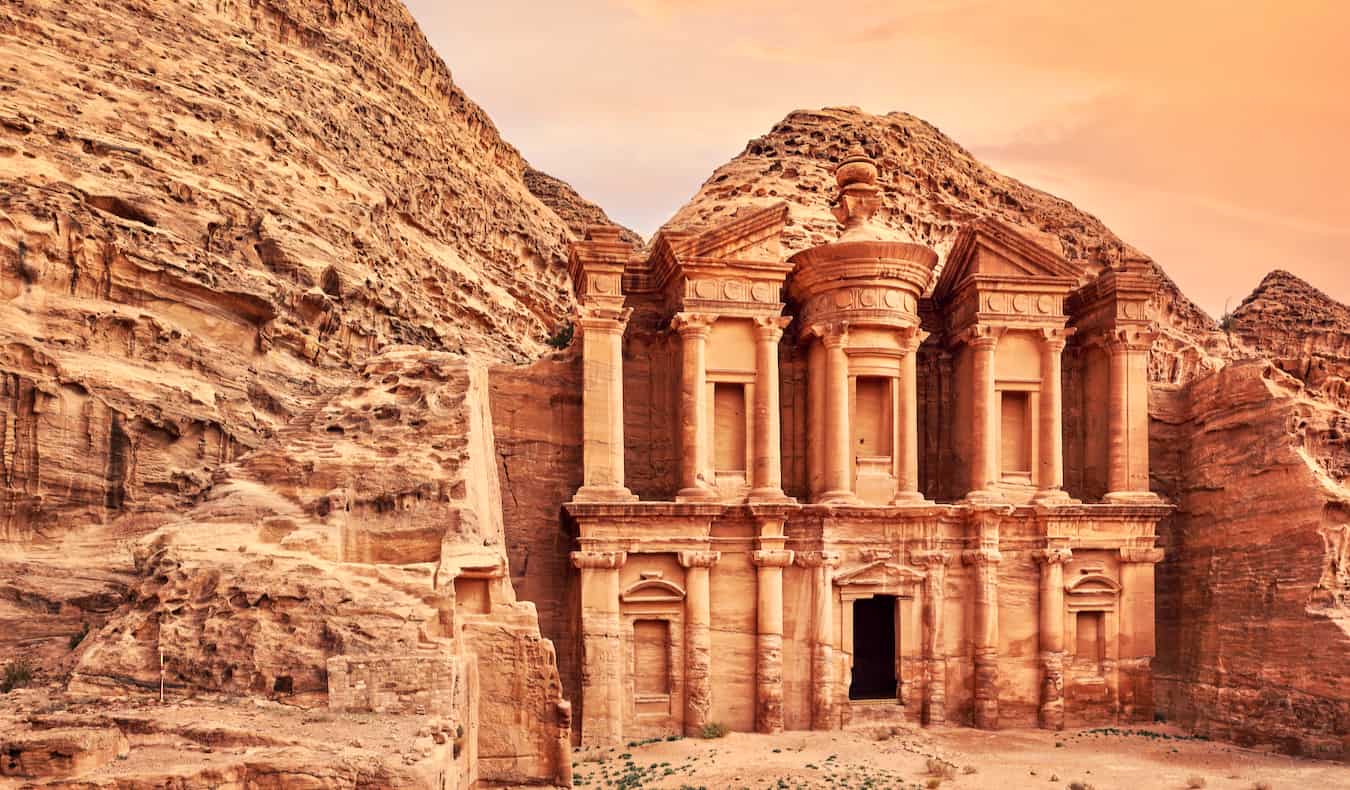
Carved into a canyon in Arabah, Jordan, Petra was made famous by the third Indiana Jones film when he went to find the Holy Grail. The site was “discovered” in 1812 by a Swiss explorer who followed some local tribesmen there; prior to that, it had been forgotten to the Western world. It appears this region had settlers as early as the 6th century BC.
Under Roman rule, the site declined rapidly and was abandoned by the late 4th century and more or less forgotten by much of the world. In 1985, Petra became a UNESCO World Heritage Site and was recently named one of the New Seven Wonders of the World.
Many tour companies run full day tours from Amman that include entrance fees and an English speaking guide. We also offer an 11-day tour of Jordan that includes several days in Petra!
